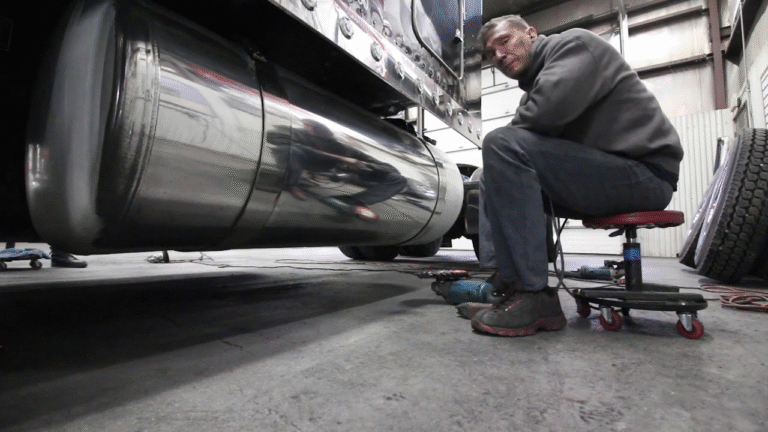
Tax Cuts and Simplification
A cornerstone of Trump’s proposed economic plan is a significant overhaul of the US tax code. The plan aims to simplify the system, reducing the number of tax brackets and lowering the overall tax burden for businesses and individuals. Specific proposals often included cutting the corporate tax rate dramatically, potentially to a level significantly lower than what was in place before. The aim was to boost business investment and job creation by making the US more competitive internationally. However, the details of these cuts, including which income brackets would see the biggest reductions and the long-term fiscal impact, varied across different iterations of the plan. Critics frequently questioned the sustainability of such substantial tax cuts without corresponding spending cuts elsewhere.
Deregulation
Another key element of Trump’s economic agenda centered on deregulation. The idea was to reduce the regulatory burden on businesses to stimulate economic growth. This meant easing environmental regulations, loosening financial regulations, and streamlining bureaucratic processes. Proponents argued that excessive regulation stifled innovation and hindered job creation. Opponents, however, raised concerns about potential negative consequences for the environment, consumer protection, and worker safety. The extent to which deregulation actually stimulated economic growth, and the trade-offs involved, remain subjects of ongoing debate.
Infrastructure Spending
Trump’s plans consistently included a significant investment in infrastructure projects. This encompassed a broad range of initiatives, from rebuilding roads and bridges to modernizing airports and expanding broadband access. The argument was that upgrading the nation’s infrastructure would create jobs, boost economic productivity, and improve the overall quality of life. However, questions arose regarding the scale of the investment, the funding mechanism (whether through increased taxes, reduced spending elsewhere, or public-private partnerships), and the efficient allocation of resources. The political feasibility of such a large-scale infrastructure plan often faced challenges.
Energy Policy
Trump’s economic vision included a strong emphasis on American energy independence. This involved promoting domestic energy production, particularly fossil fuels, and reducing reliance on foreign sources of energy. This often translated into policies that sought to increase oil and gas drilling, coal mining, and the construction of pipelines. The economic rationale was that energy independence would create jobs, lower energy costs, and strengthen national security. The environmental implications of such policies, however, drew considerable criticism, particularly concerning the impact on climate change.
Trade Policy
Trump’s approach to trade was marked by a shift away from traditional free trade agreements. He advocated for bilateral trade deals, often employing protectionist measures like tariffs and trade restrictions. The goal was to protect American jobs and industries from what he perceived as unfair competition from other countries. This involved imposing tariffs on goods from China, Mexico, and other trading partners, leading to trade disputes and retaliatory measures. The long-term consequences of this protectionist approach, including its impact on global trade and the US economy, continued to be debated.
Manufacturing and Job Creation
A central promise within Trump’s economic plan was the revitalization of American manufacturing and the creation of well-paying jobs. This involved promoting policies aimed at encouraging domestic manufacturing, attracting foreign investment, and retraining workers for jobs in the modern economy. Specific measures included tax incentives for manufacturers, investments in workforce development programs, and initiatives to bring back manufacturing jobs lost to globalization. However, the actual effectiveness of these policies in achieving sustained job growth in manufacturing and the degree to which the jobs created were “well-paying” remained complex issues to assess.
Debt and Deficit
The potential impact of Trump’s economic proposals on the national debt and deficit was a subject of ongoing concern and debate. The significant tax cuts proposed, combined with increased spending on infrastructure and other initiatives, raised questions about the long-term fiscal sustainability of the plan. Critics argued that the tax cuts would primarily benefit the wealthy and corporations, widening income inequality and adding substantially to the national debt. Supporters, on the other hand, contended that the economic growth stimulated by these policies would offset the increased spending and reduce the deficit in the long run. The validity of these competing claims remained a point of ongoing discussion and analysis.
Impact on Different Economic Sectors
Trump’s economic plan had varying implications across different sectors of the economy. Some sectors, such as energy and construction, benefited significantly from his policies. Other sectors, such as those reliant on international trade, faced challenges due to protectionist measures. Furthermore, the impact on different income groups was also uneven, with debates over whether the benefits were predominantly felt by high-income earners or were more broadly distributed across the population. Analyzing these differential effects required a nuanced understanding of the interplay between various policies and their respective impacts. Please click here to learn more about Donald Trump’s economic policy.







